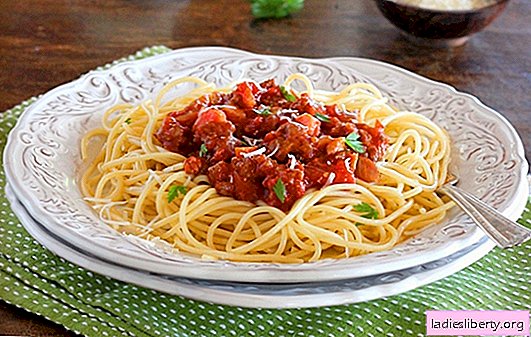
More than 50% of Russians suffer from varicose veins. Small, superficial varicose veins are aesthetic rather than medical problems. However, in some women, varicose veins can be life threatening. Experts explain what to do with varicose veins and how to prevent it.
Women suffer much more from varicose veins than men?
Women are 49% more likely than men to suffer from varicose veins. According to experts, more than 90% of the varicose veins in the legs look like reddish or bluish bunches under the skin. Nevertheless, a varicose vein is not only a sinuous, but also an enlarged and functionally disturbed vein.
Venous disease causes life-threatening complications. Varicose veins often occur due to congenital or age-related weakness of the venous walls or valves.
Lack of exercise, poor eating habits and hormonal influences are the main risk factors for varicose veins. Overweight, prolonged inactivity and pregnancy also contribute to the disease.
Other risk factors:
- high heels;
- boots and trousers that are too tight; they clamp the legs and feet and disrupt blood circulation.
High ambient temperatures stimulate vasodilation and impair the function of venous valves. Vascular valves cause blood to flow in one direction. Therefore, blood can no longer flow smoothly in the legs.
Another “enemy” of veins is alcohol. It also dilates blood vessels, so blood builds up in the leg. The same applies to tanning and visiting the sauna, because the vessels expand in the heat. Habitual sitting with crossed legs also affects the blood flow, causing stagnation in the venous nodes.
Life-threatening effects
Varicose veins do not cause discomfort or even pain. If varicose veins are not treated properly, symptoms can develop in the advanced case, such as water retention in tissues or skin ulcers.
Venous circulatory disorders associated with this condition can lead to swelling of the legs, which is felt by heaviness or cramps in the legs. In addition, varicose veins usually cause inflammation (thrombophlebitis), which may be associated with severe venous pain.
Another possible consequence is thrombosis of varicose veins. A blood clot forms on the vein wall. If the blood clot comes off the vein wall, this can lead to a life-threatening pulmonary embolism.
Varicose veins may appear after removal
In addition to classical varicose vein surgery, radio wave therapy as well as an adhesive procedure are good choices. Small varicose veins or spider veins can be treated with highly effective sclerotherapy.
It should be remembered that the tendency to varicose veins is a congenital disorder. If varicose veins are removed, this does not protect against the resumption of the disease in later life. Regular monitoring of the condition is required even after successful therapy.
Move a lot and do not cross legs
Although health experts often give advice on how to prevent varicose veins, there is no reliable scientific evidence. Nevertheless, it is recommended to move a lot and take healthy food.
Walking or other aerobic training can help normalize blood circulation. The most useful hardy sports are running, swimming, cycling, dancing, aerobics or special exercises for venous gymnastics.
Avoid high boots, tight trousers and long sitting. Frequent barefoot walking and leg raising are recommended.
You should reduce body weight for obesity, avoid smoking and alcohol. A healthy diet with a lot of fiber, low sugar and fat content contributes not only to weight control, but also to healthy vessels.
All patients with varicose veins should avoid extreme heat, sunbathing outdoors, or saunas. The use of water can have a beneficial effect on the legs. Contrast showers greatly improve blood circulation, therefore, reduces the risk of varicose veins.











